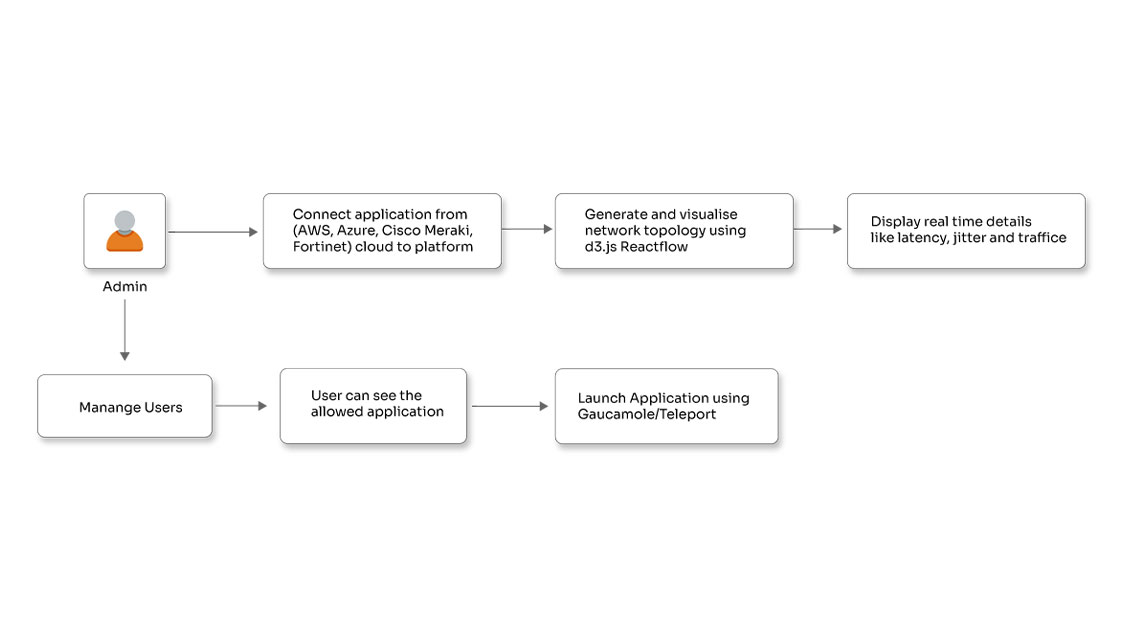From The CEO's Desk: Kubernetes- Container Orchestration Redefined!

Posted By
Chaitanya Jawale

For any symphony to sound mellifluous, it is necessary to have an orchestrator to make it sound so. The same is true with containerization, as Kubernetes is turning out to be a fine orchestrator.
Google announced Kubernetes in mid-2014 though Kubernetes v1.0 was officially released on 21st July 2015. Kubernetes was offered to the Linux Foundation as a part of the Cloud Native Computing Foundation. 2016 saw the Kubernetes community expanding to its potential as the tech world realized the plausible future of container orchestration. Contribution to the project increased, and so did the capabilities. Google, RedHat, Huawei, FathomDB, Core OS, Rackspace, IBM, ZTE Corporation, Fujitsu, Mesosphere, BOX, CERN, and Intel are other top contributors. Google released it as an open-source project allowing 1,000+ community contributors with 34,000 commits to bolster the platform. Their community is five times bigger than Mesos (the next biggest competitor) and larger than all the combined competitor communities. With so much involvement from so many, 2017 could be the year Kubernetes becomes the backbone of distributed systems.
Why are organizations switching to containers, and how is it helping Kubernetes’ evolution?
It is easy to move containers than VMs because containers share OS on the physical host. You can fit more containers on a host than VMs, as the latter shares Kernels, libraries, and binaries. So a VM required to run an application might take several multiple bytes of data compared to a container running the same application. As a result, organizations prefer containers to VMs, which in turn means the rise of orchestrators like Kubernetes.
There are certain aspects that should be considered while deploying Kubernetes, like infrastructure controllers, container formats and run-times, container OSes and hypervisors, container managers, management consoles, registries, volume managers, container virtual networking, infrastructure managers, and scheduler frameworks.
Things you can do with Kubernetes:
Containers enable developers to scale, deploy and manage newly written applications, but the existing containers may not manage, schedule, and deploy across a multi-node environment by themselves. Kubernetes's biggest advantage over other container management platforms is that it solves multi-infrastructure environment problems. You can write containerized applications once and just sit back and enjoy their deployment on any private or public cloud infrastructure.
With Kubernetes, developers can deploy applications within less time with more scalability, better resource allocation, and without the risks associated with multi-cloud, multi-OS environments. These features are helping organizations develop their own products based on this, RedHat’s Openshift, Core OS’ Tectonic, and Rancher Labs’ Rancher container management platform.
One area where Kubernetes is playing a major role is Hardware usage. Reports suggest a 40-50% reduction in hardware requirements. The reason is the lightweight nature of containers and the ability to kill unused entities more quickly.
What’s new in Kubernetes 1.6?
In Kubernetes 1.6, you can expect lots of new features like DaemonSet, ETCD v3, which will help us enable up to 5000 nodes, Kubernetes Federation (beta release), RBAC authorizer (Role-based access control), scalability updates, advanced scheduling, networking and storage improvements, improvements to Kubeadm.
What can we expect, and what can be done?
It’s been over two years since Kubernetes first appeared in the container world. Recent studies have shown a lot of efforts toward developing the Kubernetes ecosystem. Stability and scalability for large-scale deployments is the area that can see many changes. We can support 5000 nodes and 1.5 lac pods, but what if we require more in multi-cluster management? The Kubernetes community needs to address the gap between initial setup and running Kubernetes at scale. If unified efforts are put in the right direction, we can see post-Kubernetes companies with products on Kubernetes.
Opcito and Kubernetes:
Opcito has been helping clients manage Kubernetes clusters on top of bare metal, GKE, AWS, Azure, or other cloud infrastructure. Setting up robust, production-ready Kubernetes clusters with complete logging, monitoring, and disaster recovery solutions, we are getting our clients up and ready with containers using our Kubernetes expertise in KOPS, Minikube, Kubeadm, and Kargo. For more insights on how we can accelerate your containerization initiative, visit - Opcito's center-of-excellence page.
Related Blogs




















